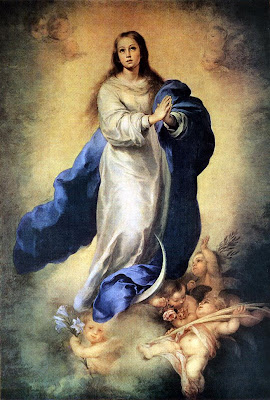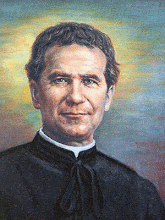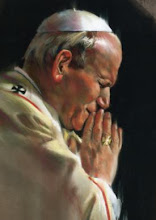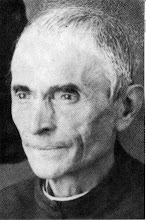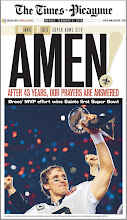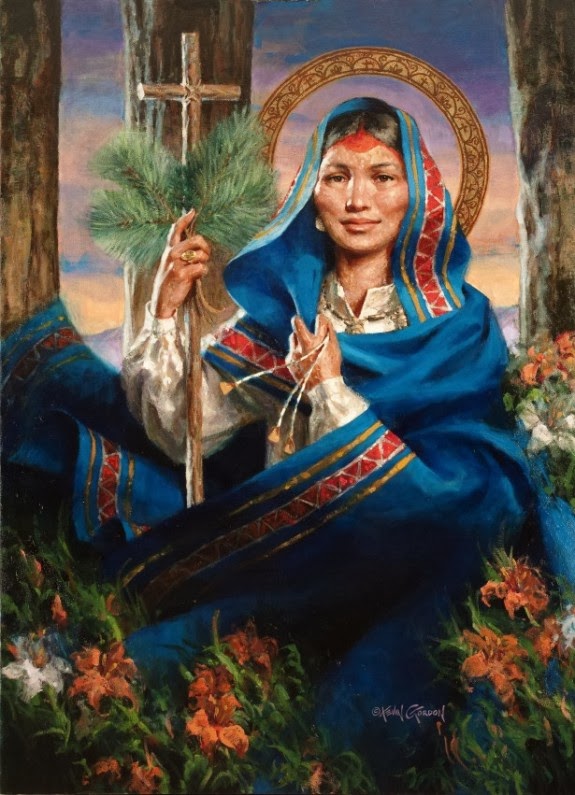It is just about time for New Year's Resolutions! Here are some suggestions from the America Needs Fatima site (via Catholic Fire).
1. Be honest. Know yourself. What is your strongest virtue? What is your worst vice? Therefore, tailor your resolution so it strengthens your good side and fights your bad one. A one-size fits all resolution is useless.
2. Be specific. Don’t use generalities. They don’t work. For example, if you need to be more humble, just saying “I am going to be more humble,” is useless. You need to zero in on one situation where you need to practice humility and resolve to improve in that one situation.
3. Be simple. Don’t make it complicated. Focus on something you can see and measure easily and that does not overwhelm you each time you try to obtain it. Otherwise, you will become distracted and your energy will be dispersed and misdirected.
4. Be reasonable. Don’t try to do too much at once. You won’t become a saint in one day. Remember: every soul has one MAJOR point upon which is hinged his or her entire fidelity to God and His Holy Laws. Find out and work on improving that key point. You’ll see how everything else will improve if you improve on that one major point.
5. Be consistent. It’s far better to do something small everyday to improve on that one key point in your soul than to make a big resolution that you cannot keep for more than a week or two. Slow and steady wins the race!
6. Be humble. Recognize that you cannot do any good action which has value in the supernatural order without God’s grace and the intercessory help of the Blessed Mother. Beg God’s grace through Our Lady’s intercession constantly in all your thoughts, desires and actions
7. Be disinterested. Remember that God wants us to defend His rights and interests, and to share His thoughts and ways. And therefore, to focus on things, happening and events that are very close to the Sacred Heart of Jesus and the Immaculate Heart of Mary that are not necessarily linked to our own personal interests.
8. Write it down. It’s important to write down your resolution so you can refer back to it often during the year. Also, by writing it down, you will be able to review it when the year is over, and to evaluate your progress since the time the resolution was made.
9. Public expressions of faith. Don’t hide your faith. That’s just what the devil wants. He knows when you express your faith publicly, others see you and are encouraged to follow your good example. Say grace openly and proudly before meals in a restaurant so people can see. You’ll be surprised with the good reactions you will get.
10. Devotion to Our Lady. Have more devotion to the Blessed Virgin Mary. Devotion to the Mother of God is a panacea. Saint Louis de Montfort said that devotion to Holy Mary is the easiest, safest, fastest, most secure, and surest path to Jesus and to our own salvation. If you can nothing else, resolve to say the Rosary everyday. Saint Louis de Montfort wrote:
“If you say the Rosary faithfully until death, I do assure you that, in spite of the gravity of your sins 'you shall receive a never-fading crown of glory.' Even if you are on the brink of damnation, even if you have one foot in hell, even if you have sold your soul to the devil as sorcerers do who practice black magic, and even if you are a heretic as obstinate as a devil, sooner or later you will be converted and will amend your life and will save your soul, if-- and mark well what I say-- if you say the Holy Rosary devoutly every day until death for the purpose of knowing the truth and obtaining contrition and pardon for your sins."







